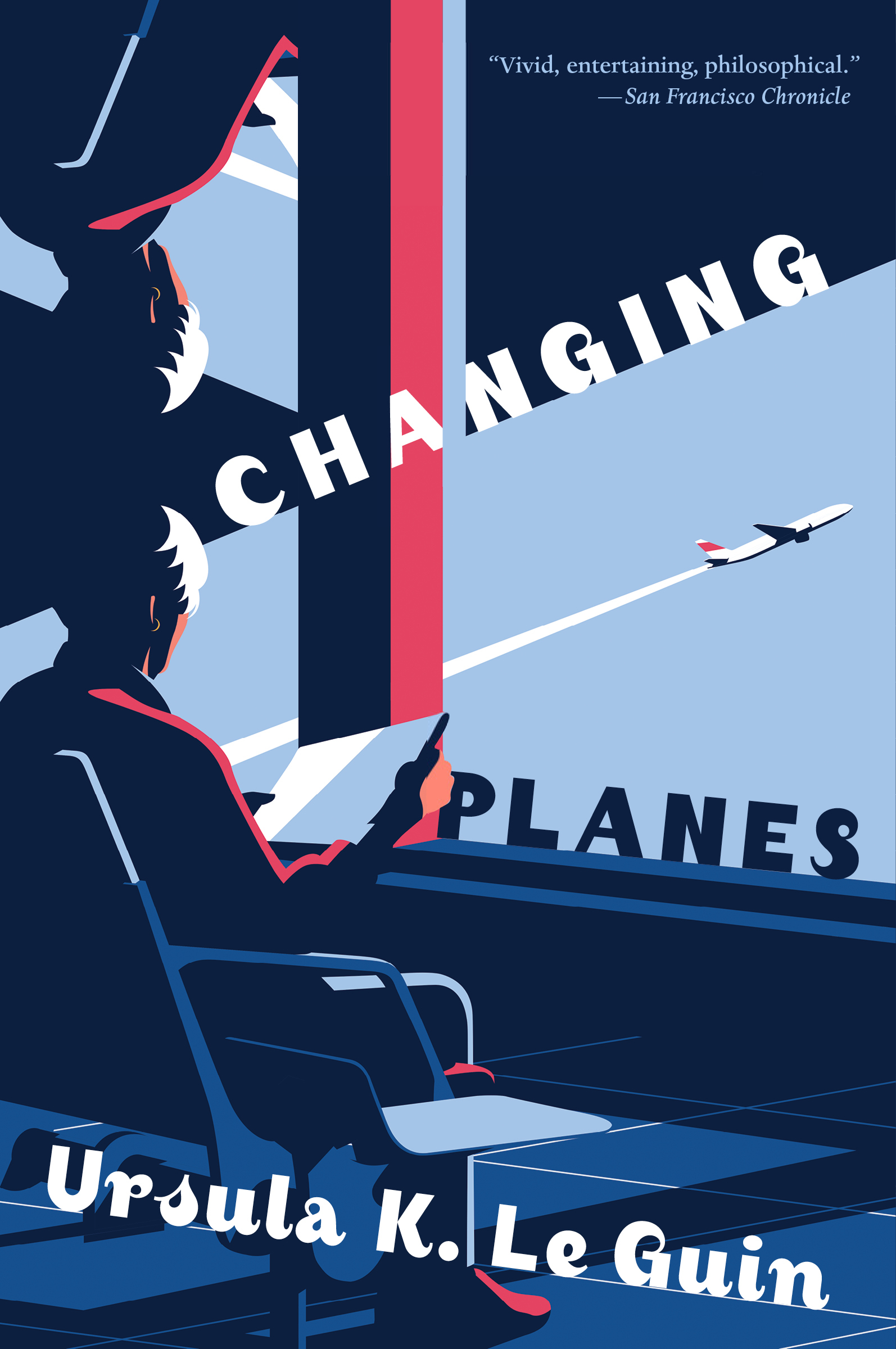What do you think?
Rate this book


272 pages, Paperback
First published January 1, 2003
By a mere kind of twist and a slipping bend, easier to do than to describe, she could go anywhere - be anywhere - because she was already between planes.
When I was twelve or thirteen, I used to plan what I'd wish for if they gave me three wishes. I thought I'd wish, 'I wish that having lived well to the age of eighty-five and having written some very good books, I may die quietly, knowing that all the people I love are happy and in good health.'